As part of the Indo-Burma biodiversity hotspot, Laos is home to some of the most important wildlife biodiversity in Southeast Asia. In both the evergreen and deciduous forests, locals are familiar with the pygmy slow loris (Nycticebus pygmaeus), the great hornbill (Buceros bicornis), the Asiatic golden cat (Catopuma temminckii), the burmese python (Python bivittatus) or the white-chested black bear (Ursus thibetanus). Unfortunately, these species are now all in decline and facing risks of extinction. Poaching and illegal trafficking are ones of the main causes. Even though the local communities are traditionally consuming most of the species present in their territory, the poaching pressure is driven by the demand on the Chinese and Vietnamese markets for wildlife products, both for consumption (meat from deer, pangolin, turtles…) and for pharmacopoeia (bear bile, pangolin scales, tiger bones, various snakes and numerous insect species…). For some species such as pangolins or bears, the sums of money involved for a single animal often exceed the annual income of a farming family.
Habitat destruction is another major cause of biodiversity depletion. The rise of mining, hydropower projects and commercial plantations (maize, sugarcane, rubber, bananas), in a context of openness to foreign land investments, lead to deforestation, soil and water pollution, draining of wetlands… The economic development is being prioritized whatever the impacts on the local ecosystems and even though it shrinks the provision of priceless ecosystem services.
At the same time, Laos ratified the Convention on International Trade in Endangered Species of Wild Fauna and Flora (CITES) in 2004 and has elaborated a regulatory framework to fauna and flora trade, through the promulgation of the Wildlife and Aquatic Law in 2007[1]. A recent Prime Minister Decree also aims to strengthen the regulation on forest and wildlife conservation, especially for endangered species and in accordance with the requirements of the CITES[2]. The list of aquatic and wildlife protected species in Lao PDR[3] has been updated in 2021, and identifies animal species for which strict protection measures should be implemented (165 species within the Annex I)
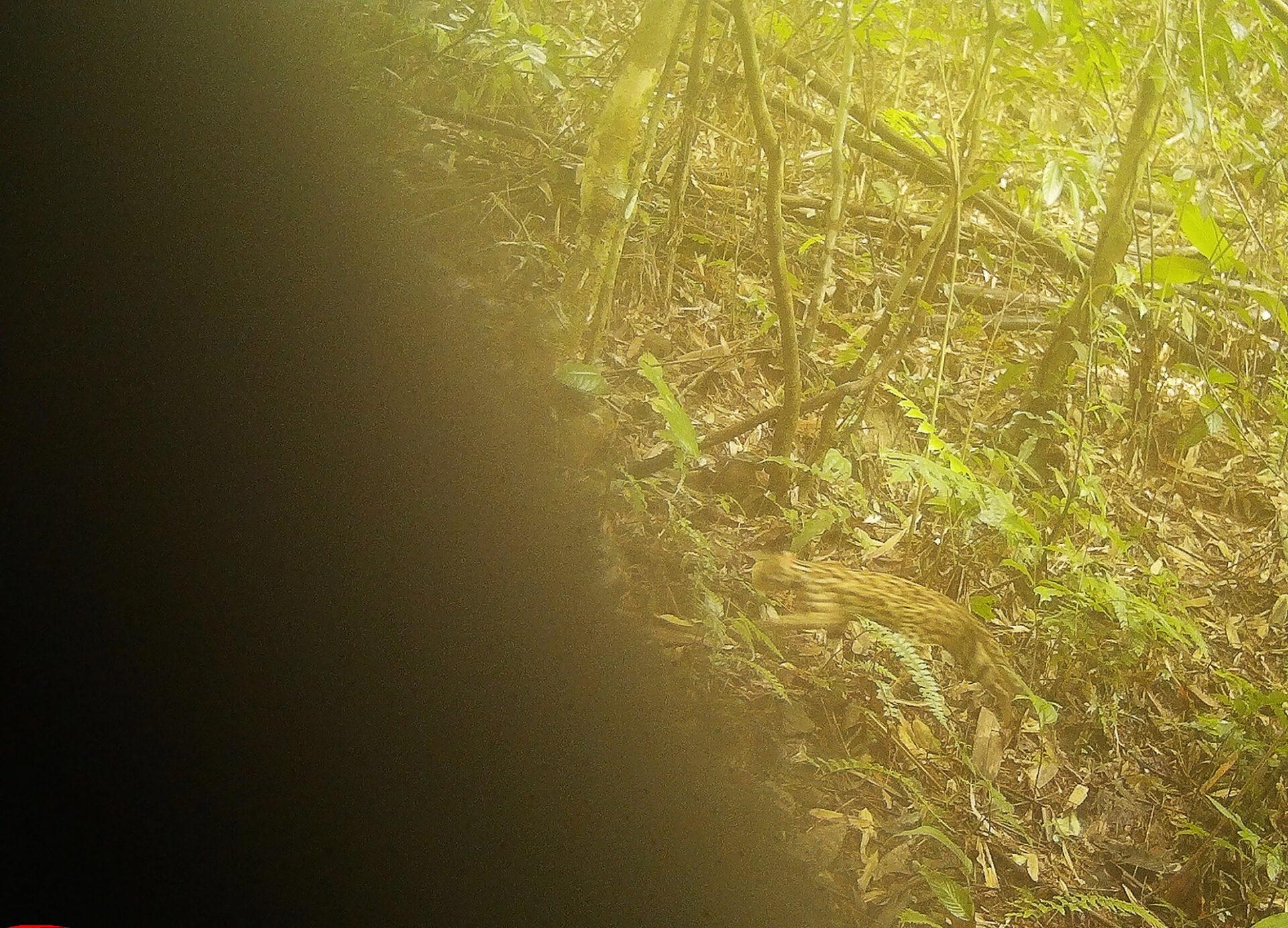
Promoting the management of natural resources and the conservation of the ecosystems are key and transversal areas of CCL work, in order to ensure the communities long-term livelihood. CCL’ s systemic approach aims to consider the needs of upland farmers while promoting their empirical knowledge. Their production systems are based on functional landscapes aimed at ensuring the sustainability and maintenance of the ecosystem services.
In order to better understand the impacts of the local land-use changes and socioeconomic development dynamics on the biodiversity, CCL launched biodiversity surveys in 2020 in pilot areas of the Phongsaly and Oudomxay provinces. The main goal of these studies is to describe the biodiversity hosted by these areas that are not under high levels of protection, or even not protected at all. The results will be used to better involve the local communities in the conservation of the biodiversity. CCL thinks that the conservation of biodiversity cannot be limited to the national parks, and should actively involve and rely on the indigenous villagers in order to preserve biodiversity in the long-term.
From 2020 to 2023, and through an exploratory camera-trapping approach, 39 species were formally identified in La district and 30 in Nyot Ou including critically endangered species and endangered species. These areas are most probably hosting other priority species for conservation. However, the current CCL camera-trapping approach, based on cameras set up in the ground and close to points of interest (ponds, rivers, pathways, saltlicks), is limited to the identification of species that move on the ground and are not too elusive nor cryptic. New approaches are needed to improve the description of the ecosystem of the CCL’s pilot areas and identify new species that are of priority for conservation actions.
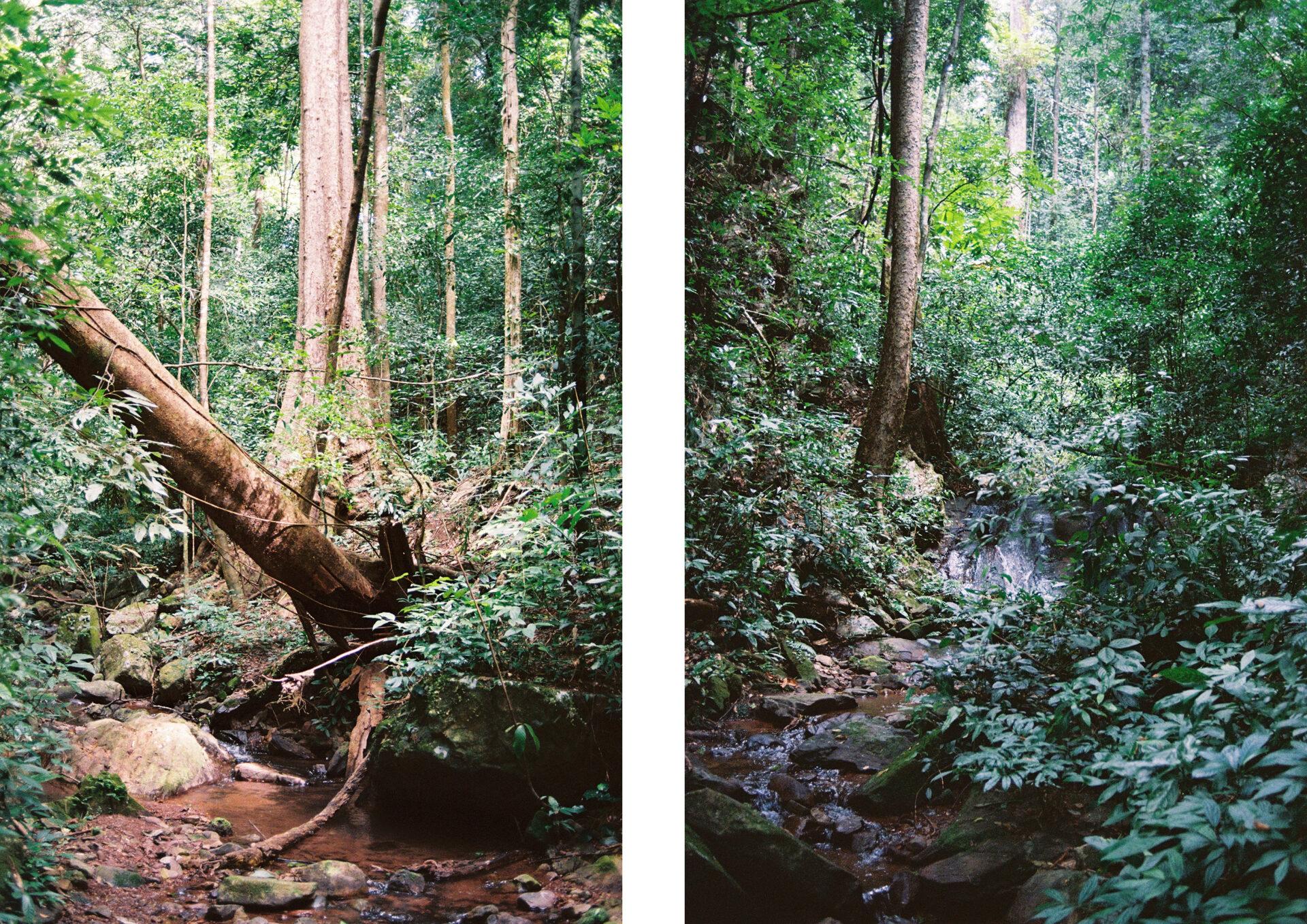
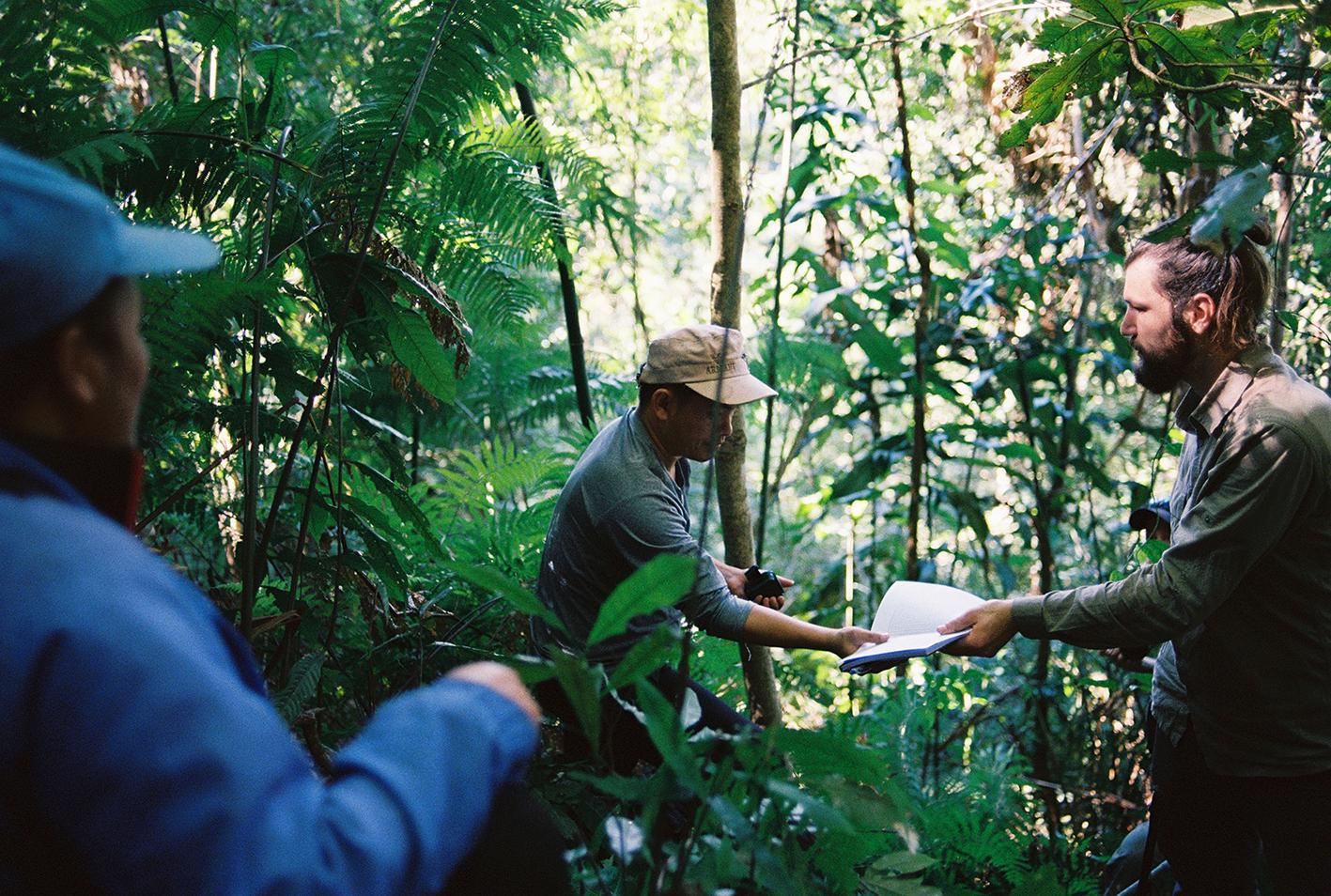
It is in this context that CCL has initiated a partnership with BioPhonia in order to initiate new studies in the field using bio/eco-acoustics. BioPhonia specializes in biodiversity monitoring using passive acoustics (bioacoustics and ecoacoustics), and is actively involved in fauna monitoring. Methodologies from fundamental research are adapted by BioPhonia and applied to concrete environmental issues, in the service of the common good.
This collaboration between CCL and BioPhonia aims to monitor local biodiversity by following several species of interest, analysing the soundscapes and detect human activities based on passive acoustic surveys, in several pilot areas of Nyot Ou district and Oudomxay province. The issue is also to better monitor actions on biodiversity conservation. Based on the description and monitoring of the soundscape of a specific habitat, eco-acoustics studies can assess the potential enhancement or destruction of this habitat along the time. Moreover, eco-acoustics studies allow to identify and monitor human disturbances to the biodiversity, for example irregular environmental behaviors such as hunting (gunshots) or logging (chainsaw sounds)[4].

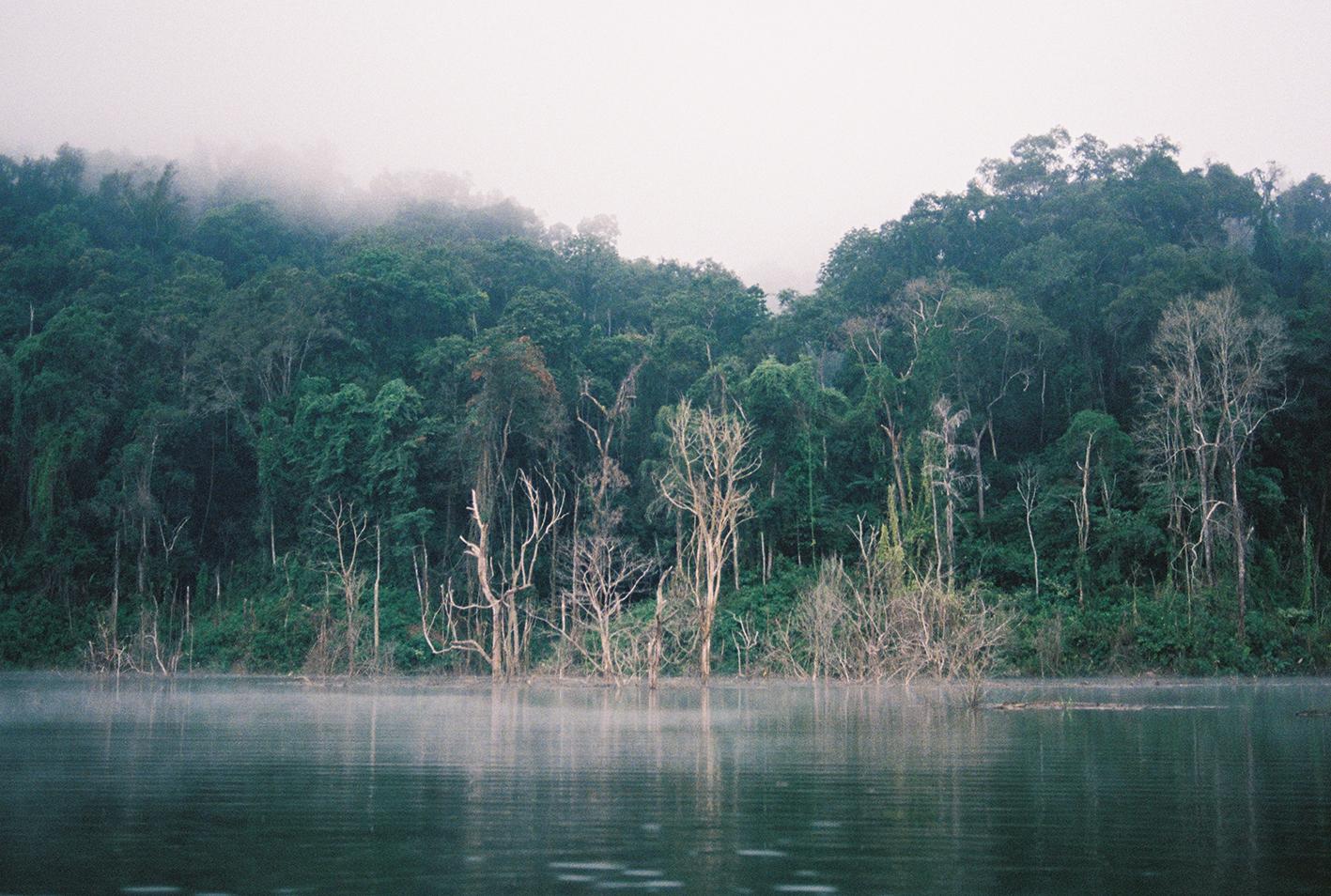
The comparative and temporal study of soundscapes will also be used to assess the level of biodiversity in the agroforestry tea gardens cultivated by the members of the Nyot Ou Tea Cooperative. Indeed, among its objectives, the Cooperative aims to preserve the forests and its biodiversity, a guarantee of the quality of its tea but also of the way of life of its producers. The study will aim to compare the different levels of wildlife biodiversity between conventional gardens and agroforestry gardens, and assess the state of biodiversity in the cooperative gardens over the long term.
In November 2023, CCL and BioPhonia have trained CCL technicians, state partners – technicians from the Agriculture and Forestry office, from the Natural Resources and Environment office, and its civil society partners, WWF and WCS, on basic concepts of bio/eco-acoustics. This training aimed to better understand bioacoustics tools and their deployment in the field. After defining the protocols, CCL and BioPhonia teams went to the study areas to install the first recorders in the locations defined in advance with the communities involved. The first data will be collected at the end of the first quarter of 2024 and the first results will be shared before the end of the year.
Follow us if you want to know more about these studies and their results!
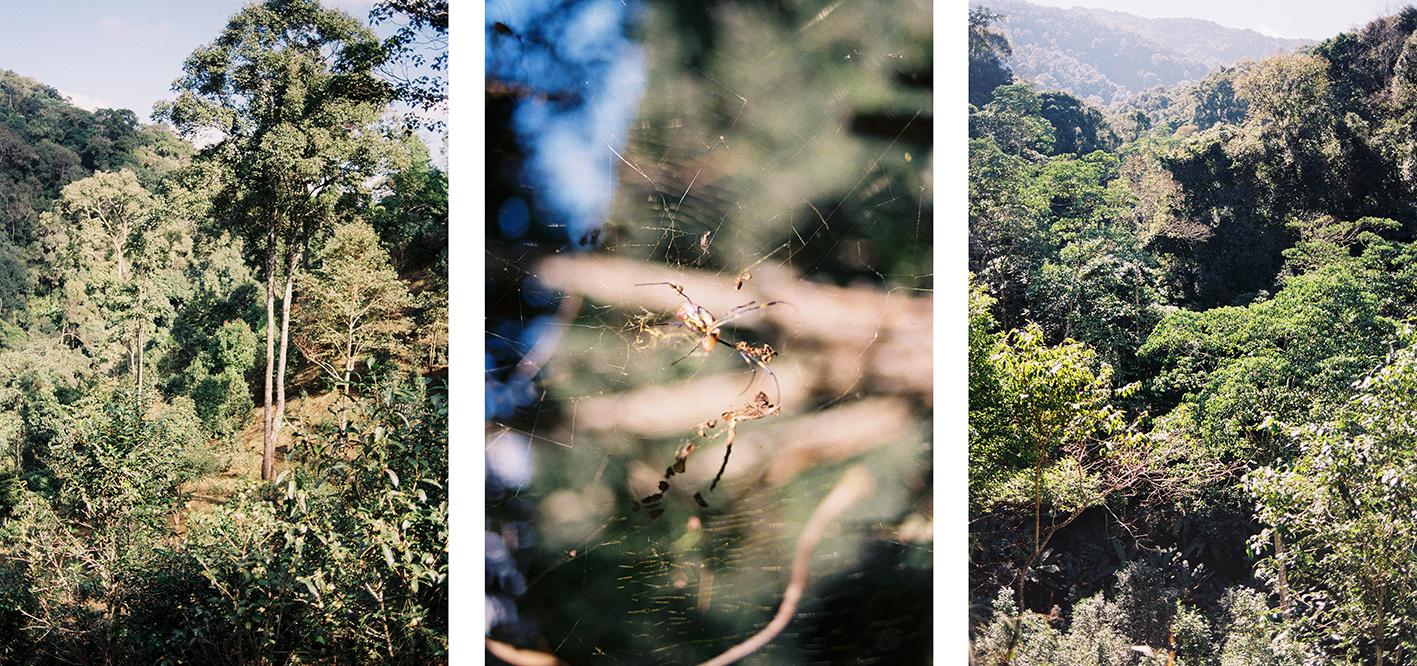
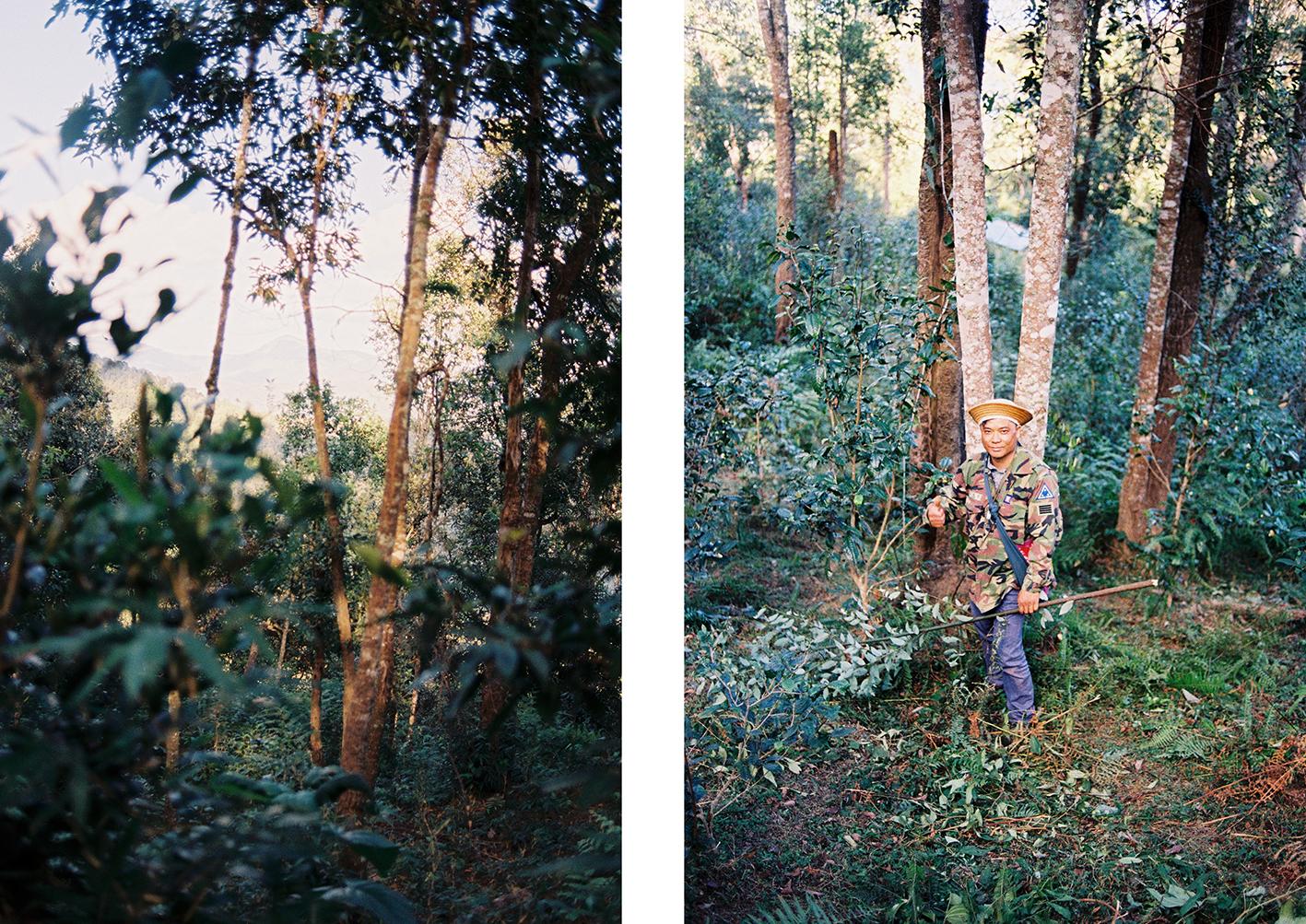
[1] National Assembly, N°07/NA, Wildlife and Aquatic Law, 24 December 2007
[2] Order for Increased Stringency in Management and Inspection of Protected Wild Fauna and Flora, No. 05/PM ; 8 May 2018
[3] List of Aquatic and Wildlife protected species in Lao PDR, No. 08/PM ; 25 February 2021
[4] Sethi et al., 2020, Characterizing soundscapes across diverse ecosystems using a universal acoustic feature set. Edited by Simon A. Levin, Princeton University, Princeton, NJ
